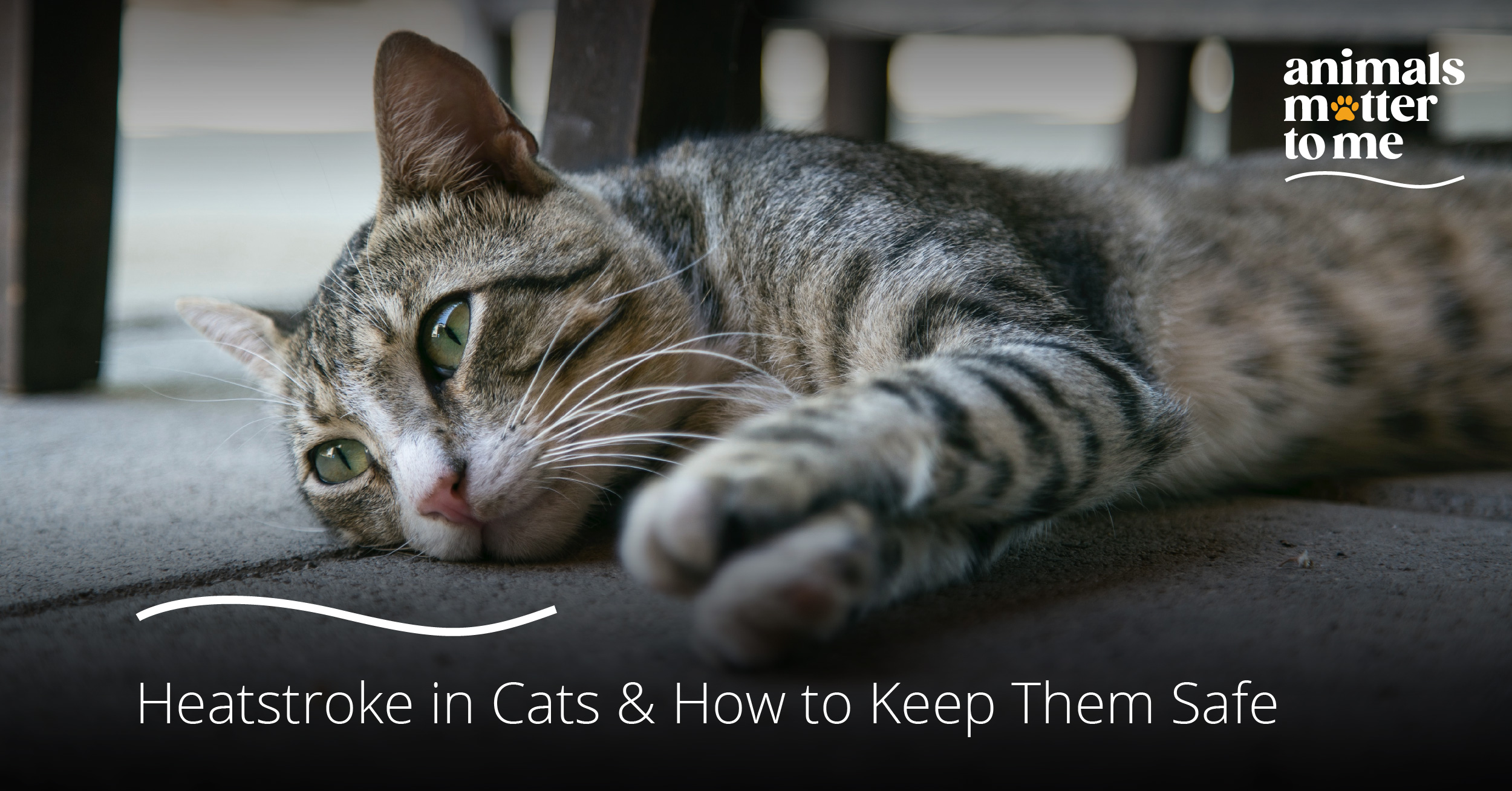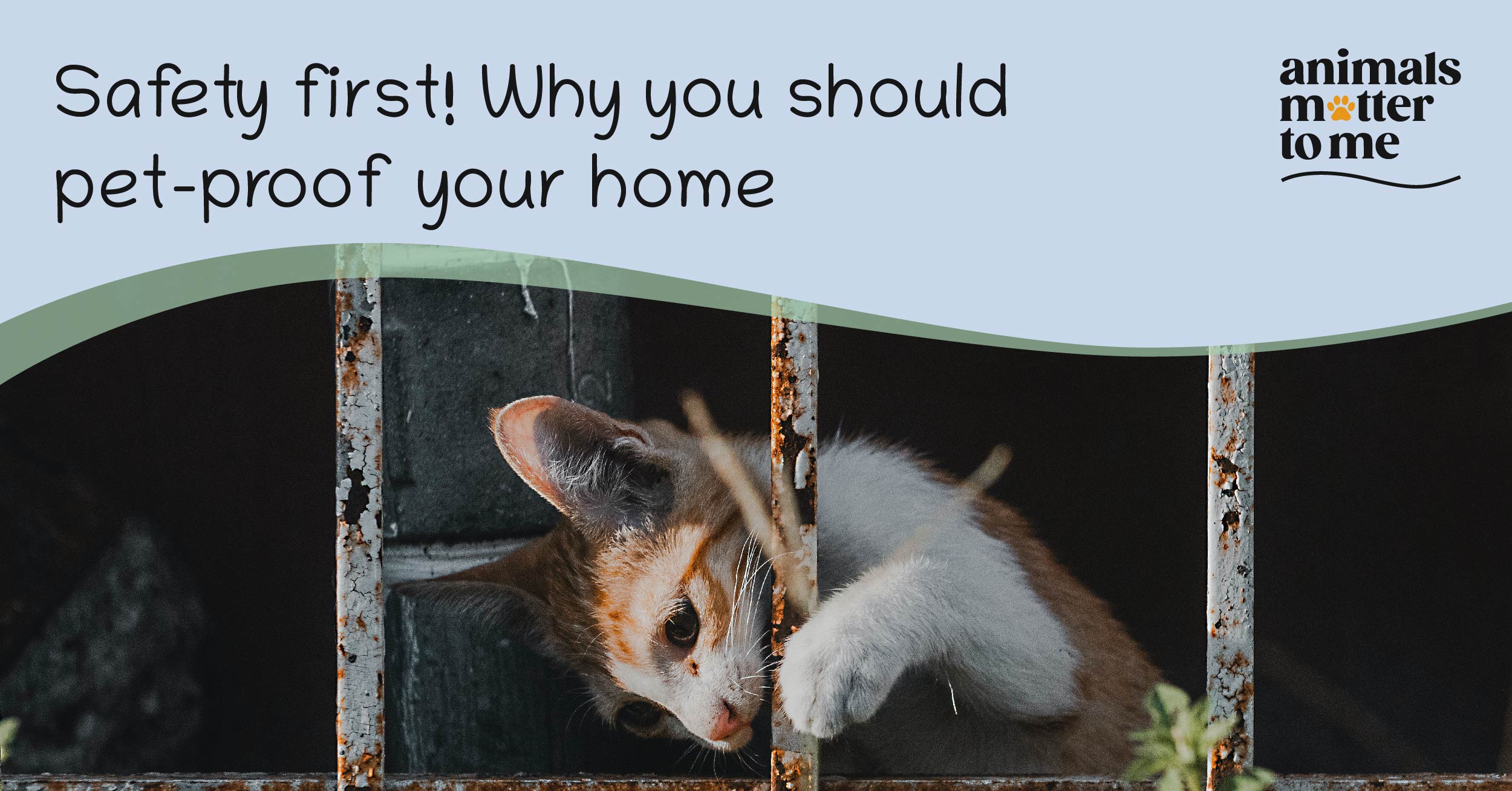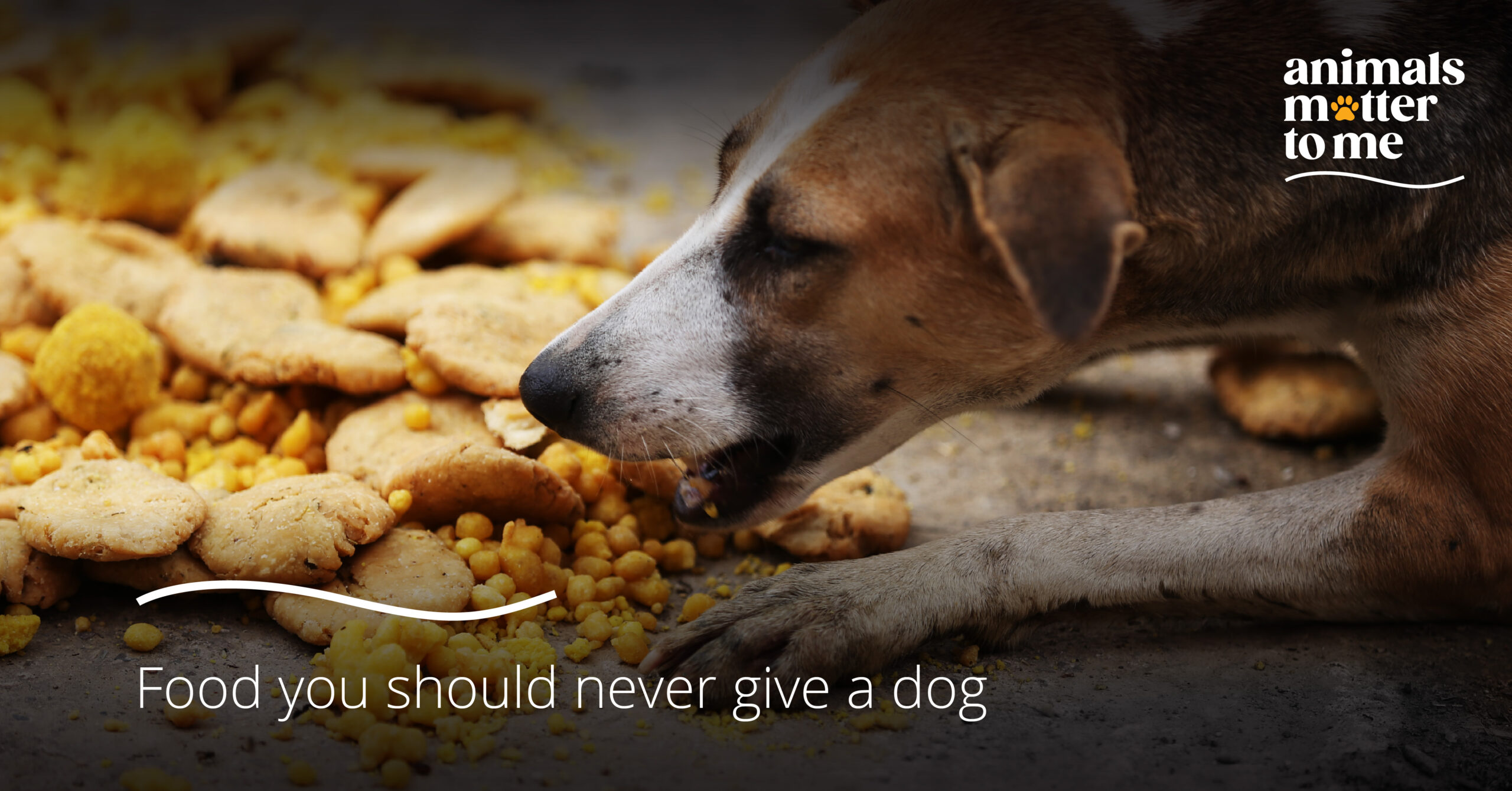While heatstroke in cats is not as common as it might be in dogs, there’s always a possibility that your cat can get it.
Heatstroke occurs when the cat’s body temperature rises above 104 °F, which can cause damage to internal organs and cells and can quickly lead to death. It is a life-threatening condition that needs immediate veterinary attention.
Unlike cats, dogs are capable of regulating their body temperature by panting, but cats normally don’t pant unless they’re experiencing serious illnesses, discomfort or distress.
While cats usually move to cooler places by themselves, they sometimes struggle to find a cooler place or can get stuck in enclosures, making it hard for heat to escape their body. When this happens their body won’t cool down fast enough and can lead to serious health risks.
Symptoms
Signs of heatstroke in cats are similar to those in dogs, however they may be more subtle. Keep a lookout for the following symptoms:
- Panting or rapid breathing
- Drooling
- Restlessness
- Excessive grooming
- Sweaty paws
- Vomiting
- High fever
- Lethargy
- Unresponsiveness
- Disorientation
- Abnormal gum color
Heatstroke first aid and treatment
If you suspect your cat has heatstroke, take them to a vet right away. Here’s how you can help them cool down while transporting them to the vet:
- Make sure that your cat is in a secure container and keep the temperature cool by switching on the fan/AC or opening the windows
- Place a cool towel under their body and start recording their temperature at regular intervals
- If your cat is conscious, try to encourage them to drink a small amount of cold water as they may be dehydrated
- Stop cooling your cat when their temperature reduces to 103.5 °F
Please don’t ever use an ice pack or immerse your cat in ice cold water to reduce their body temperature. This can cause a sudden drop in temperature and cause your cat to go into shock.
Prevention
The best way to prevent heatstroke is to keep your cats inside. If your cat does go outside, make sure they have access to plenty of fresh, cold water, and shade. But even indoor cats may suffer from heat exhaustion or heatstrokes on extremely hot days, especially in homes without air conditioning. So it’s always a good idea to keep an eye on them on a regular basis.




